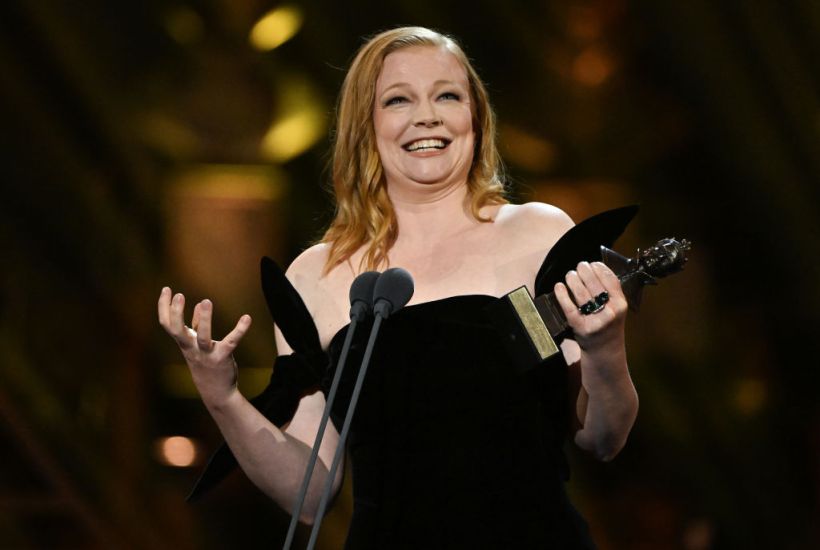Well, it’s nice to feel on trend. The Today programme this morning carried an item on the popularity of one-man and one-woman theatre shows, following on from the success of two such shows in the Olivier Awards: Sarah Snook in The Picture of Dorian Gray and Andrew Scott in Vanya.
Already a subscriber? Log in
Subscribe for just $2 a week
Try a month of The Spectator Australia absolutely free and without commitment. Not only that but – if you choose to continue – you’ll pay just $2 a week for your first year.
- Unlimited access to spectator.com.au and app
- The weekly edition on the Spectator Australia app
- Spectator podcasts and newsletters
- Full access to spectator.co.uk
Or





















Comments
Don't miss out
Join the conversation with other Spectator Australia readers. Subscribe to leave a comment.
SUBSCRIBEAlready a subscriber? Log in